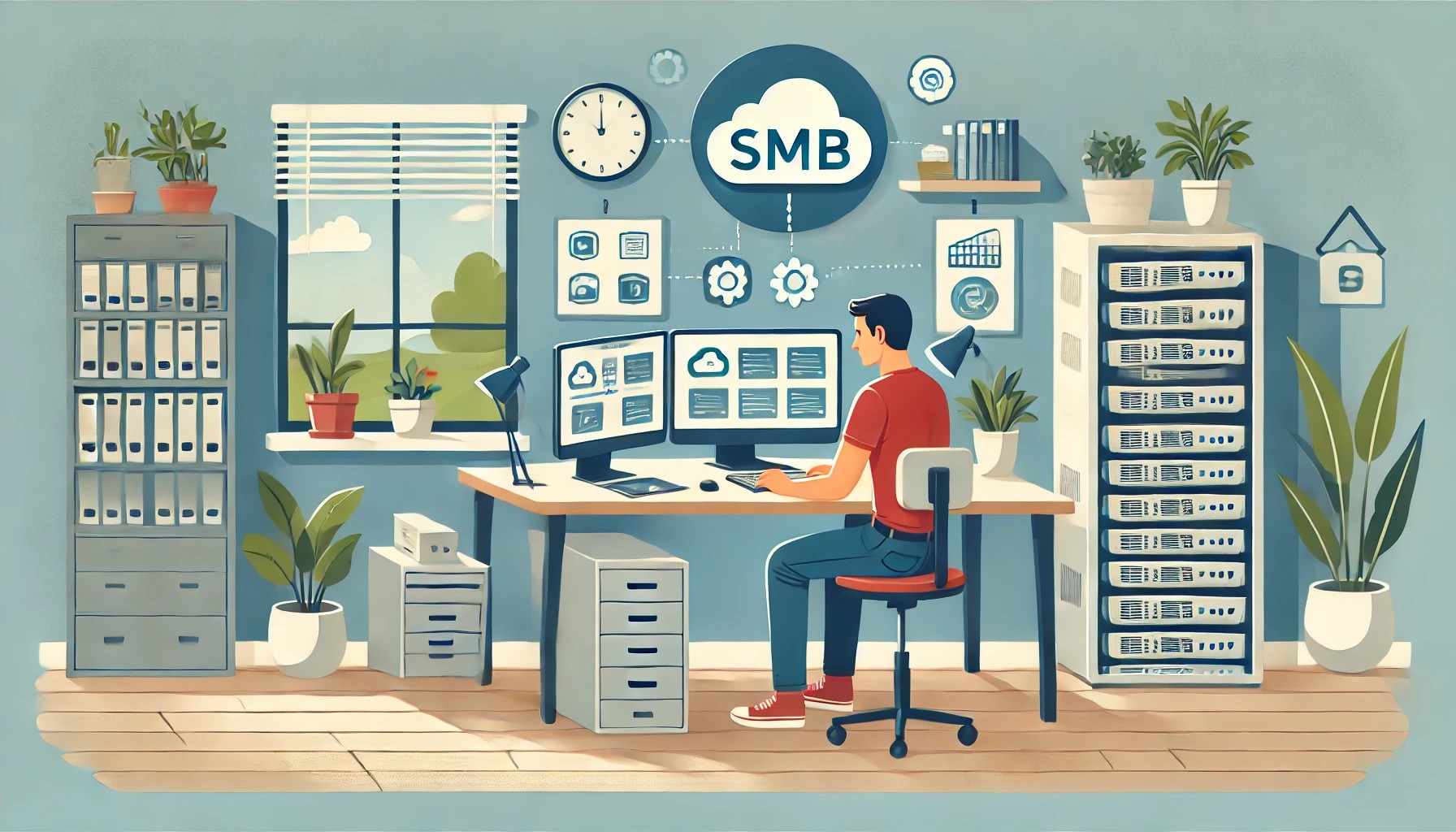Finding certainty in an uncertain world is priceless. For small to midsize businesses operating in both good times and challenging ones, discovering ways to get smarter about spending—especially when it comes to technology—is a big deal. That’s why MSPs are in the right role at the right time. Today’s SMBs need you to proactively protect them from security threats and vulnerabilities while finding ways to get more out of their current and future technology investments.
Here are four tips that can help you serve your customers where they’re at right now:
1. Manage all your customers’ IT assets
Sounds familiar, but are you really managing all of your customers’ assets efficiently and accurately—especially the cloud-based apps and services being used by their growing remote workforces? Industry experts estimate that the average company spends 30% to 40% more on SaaS applications than it needs to, and many applications are never used at all. SMBS often buy more licenses than required, which results in orphaned SaaS apps. Then there’s the problem of shadow IT, which occurs when employees install apps without permission, leading to data silos and increased cybersecurity risks.
One of the primary challenges of managing cloud apps in your RMM tool is lack of visibility. To manage cloud apps, you may need to invest in new tools that operate at the DNS level to provide insights into where the data is coming from and where it’s going. You also need to educate customers about why they must pay you to manage their entire IT architecture and not just the hardware and software residing in their offices.
2. Include extended warranty services when hardware renewal is not an option
The global extended warranty market size was valued at $120.79 billion in 2019 and is projected to grow at a CAGR of 7.4% from 2020 to 2027 to $169.82 billion, according to Allied Market Research. The report notes, “”With an increase in the use of laptops, smartphones, tablets, and other brown goods, the protection for these goods has grown at a faster rate in the market. Furthermore, extended warranty solutions for these goods are continuously evolving and are expected to maintain their dominance during the forecast period. Thus, continuous rise in the use and adoption of laptops, smartphones, tablets, and other brown goods fuel the growth of the extended warranty market.””
Many businesses want to hold off replacing old computers, servers, and other equipment to save a buck, but they also demand assurance that if something breaks, they can get it fixed quickly and affordably. This mindset creates an excellent opportunity to offer extended warranties (and provide depot repair services) to keep your customers’ IT assets up and running.
3. Communicate your value regularly with data and easy-to-read reports
One of the shared realities of remote management and moving IT assets to the cloud is that there is less on-site for the customer to see, including you. That can lead to the customer asking, “”What have you done for me lately?””
To avoid this all too common scenario, it is important to provide your customers with regular reporting that details the system patching, data backups, server reboots, security scans, avoided cyberattacks, and any additional value provided. Don’t just email a weekly or monthly report and assume the office manager or decision maker is viewing it. Talk with your clients regularly and draw attention to any critical findings. For example, if you save them from a ransomware attack, take time to explain what would have happened if they weren’t paying you to back up and secure their data.
4. Provide business forecasting and planning recommendations
In these unpredictable economic times, SMBs need greater financial forecasting competence, and this is another area where you can help. Forecasting requires pro forma financial statements, consisting of three forms:
- Pro forma income statement. This form provides a projection of how much profit the firm anticipates earning over a given period.
- Cash budget. Cash receipts or inflows (i.e., sales revenue) are based on the sales projections from the expected income statement. Cash expenditures or outflows are calculated similarly. The difference between them is the net cash flow.
- Pro forma balance sheet. The pro forma balance sheet uses the other two forms’ information to show the firm’s cumulative changes over time.
Having a financial plan allows the business owner to track actual events against it and make adjustments every six months (or some other designated period). It’s also important to note that if your customer ever needs to apply for financing from a bank or equity investor, these institutions typically require sets of pro forma financial statements for three- to five-year periods. Venture capitalists and angel investors need these statements as well.
Getting Back to the Basics
Considering the recent economic challenges, it’s a safe bet that your managed services customers and prospects want to spend less and save more. This is the perfect time to get back to the basics and focus on IT hardware, which has become a forgotten revenue stream for many channel companies. By offering extended warranty services and comprehensive asset management services, you can help customers extend the life of existing assets and add an incremental recurring revenue stream for your MSP practice in the process. Additionally, by regularly communicating your value, you’ll become instantly more knowledgeable about—and more valuable to—your customers. Not only will you position yourself as a trusted business advisor but you’ll set yourself apart from other MSPs and solution providers who aren’t willing or able to adapt to these turbulent times.
DAN WENSLEY is CEO of ScalePad (formerly Warranty Master), an automated asset lifecycle management solution provider. An accomplished channel chief, Wensley has built a trusted reputation in the partner ecosystem. Aside from being a pioneer in the MSP software market, he also helped guide the industry as a former board member of CompTIA. As the CEO of ScalePad, his focus is to bring innovative solutions to the MSP market.














